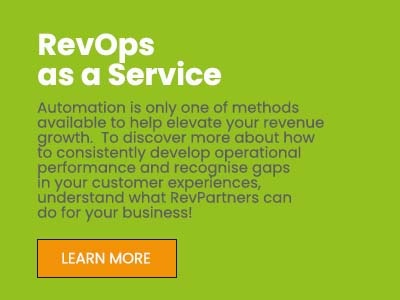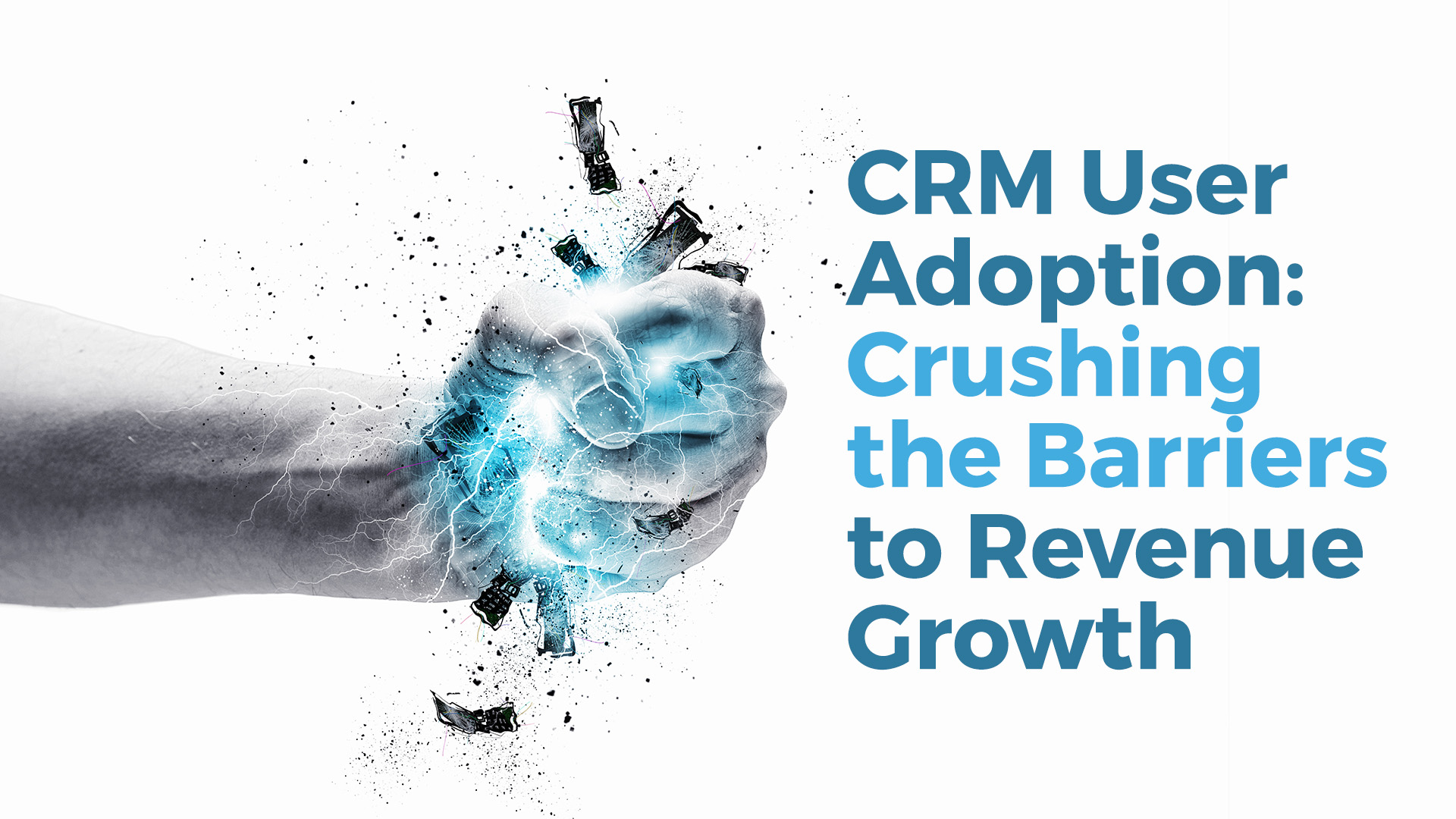In today's business landscape, customer interactions, sales pipelines, and marketing efforts are critical for success, and CRM systems have emerged as a powerful tool to manage these areas. However, CRM implementations are not without their challenges, and research conducted over nearly two decades has shown that 20-70% of CRM projects fail. This high failure rate can result in significant consequences, such as lost opportunities, wasted resources, and negative impacts on the bottom line. Moreover, a failed project could even have implications for job security, making the stakes even higher.
Over 91% of companies that employ more than 10 people use a CRM tool, and these solutions can offer considerable value for agile, data-driven, and progressive sales teams.
While CRM adoption continues to accelerate, it's crucial to understand the risks involved and take proactive measures to avoid them. By exploring the top five reasons why CRM projects fail and learning how to mitigate these risks, businesses can realise the many advantages of this powerful tool and avoid the negative consequences of a failed implementation.
The following are the five most common reasons CRM projects fail.
1. Poor user adoption
Poor user adoption is one of the most common reasons for CRM project failure. Implementing a new CRM system can be a significant change for employees, and if they don't feel invested in the new technology, they may be reluctant to use it, leading to low adoption rates. When users don't adopt the system, data inaccuracies can result, and the ROI of the project can be significantly reduced.
One of the reasons for low user adoption is a lack of communication between stakeholders and employees. Employees may not understand the reasons for the CRM project or how it will benefit them in their daily work. It's essential to explain to employees how the new system will help them in their roles, and how it will make their jobs easier.
Another reason for low user adoption is inadequate training and support. Employees need to understand how to use the new system and be given ample opportunities to practice and get comfortable with it. If training and support are not provided, employees may become frustrated and disengaged, leading to low adoption rates.
Additionally, employees may be resistant to change, and a new CRM system can be a significant change. To overcome this resistance, it's crucial to involve employees in the CRM project from the start. Employees can provide valuable insights into the system's design, and involving them can help create buy-in and increase user adoption rates.
Ultimately, to avoid poor user adoption, it's essential to prioritise change management and communication. Employees need to understand why the CRM project is being implemented, how it will benefit them, and how to use the new system. By providing the right training and support, and involving employees in the project, organisations can increase user adoption rates and ensure the success of their CRM project.
2. Insufficient end-users participation
A significant reason for CRM project failure is the lack of involvement of end-users in the planning and design processes. Organisations may make the mistake of assuming they know what end-users need and want from a CRM system, leading to a disconnect between the system and its intended users.
When end-users are not involved in the planning and design stages, the resulting CRM system may not align with their needs and expectations. This can result in low adoption rates, data inaccuracies, and reduced ROI. End-users may be frustrated with the system's functionality, leading to decreased productivity and a negative impact on employee morale.
To avoid this, it's essential to involve end-users in the planning and design of the CRM system from the beginning. This can be done through focus groups, surveys, and other forms of feedback gathering. End-users can provide valuable insights into what they need and want from the system, and their involvement can help ensure that the system meets their needs.
Additionally, involving end-users in the planning and design processes can help create buy-in and increase user adoption rates. When employees feel invested in the project, they are more likely to use the system and provide feedback on how to improve it.
It's also crucial to consider the diversity of end-users when planning and designing a CRM system. Different departments and roles within an organisation may have unique needs and requirements for the system. Taking the time to understand these differences can help ensure that the CRM system is tailored to meet the needs of all end-users.
3. Absence of an engaged executive sponsor during the CRM project
An executive sponsor is a crucial stakeholder in any CRM implementation project. They provide leadership, advocacy, and support to ensure the project's success. However, one common reason for CRM project failures is the lack of involvement from an executive sponsor.
Without an engaged executive sponsor, a project may lack the necessary resources, funding, or support needed to succeed. The lack of leadership and accountability can lead to a lack of direction and decision-making, ultimately delaying or derailing the project. Additionally, an executive sponsor's absence can lead to a lack of communication and coordination between teams, creating confusion and misunderstandings.
To prevent this issue, it's essential to have a designated executive sponsor who understands the project's importance and is committed to its success. They should be involved in the project from the planning phase through to completion, providing guidance, support, and resources where needed. The executive sponsor should also ensure that the project's goals align with the organisation's overall strategic objectives and communicate the project's progress and benefits to all stakeholders regularly.
Having an engaged executive sponsor can help secure buy-in from other stakeholders and ensure that the project stays on track, resulting in a successful CRM implementation.
4. Poor Data Quality
Poor data quality is a widespread issue that plagues many CRM projects. The problem arises from inaccurate, incomplete, or duplicated data, leading to mistrust among end-users and hampering the ROI. According to the Experian Global Data Management report, companies believe that 32% of their data is inaccurate, highlighting the magnitude of the issue. When users do not have faith in the data within the CRM, they are less likely to enter new information correctly, perpetuating the problem.
The consequences of dirty data are far-reaching, from incorrect revenue forecasting to poor customer service and misinformed strategic decisions. Moreover, addressing the problem can be time-consuming and impact employee productivity. For sales teams, manual data entry can be particularly challenging, as it takes them away from revenue-generating activities and impacts motivation levels.
To address the challenge of dirty data, it is crucial to consider automation capabilities during the selection and implementation process of a CRM solution. Automating some aspects of data-entry and management can reduce inaccuracies and free up employees' time, allowing them to focus on more productive activities. According to McKinsey & Company, up to 30% of all sales activities can be automated, presenting significant opportunities for sales teams to become more efficient.
While automation is essential, maintaining data quality requires ongoing effort from end-users, administrators, and executive sponsors. To ensure clean data, it is best to adopt some best practices such as simplifying the data entry process, automatically populating fields, defining required fields, using validation rules, and conditional rendering to show only relevant fields to the user. Addressing poor data quality is a crucial step towards achieving CRM success and improving business outcomes.
5. Neglecting necessary customisation and integration
Disregarding the IT implications of a CRM implementation is a common pitfall that can lead to project failure. Ignoring technical requirements, such as hardware, software, and integration needs, can lead to unforeseen issues and delays down the line. Additionally, neglecting to involve IT in the planning and implementation processes can lead to a lack of alignment between business and technical teams, causing the project to lose direction.
When IT is not involved, there is also a higher chance of system conflicts and security breaches. The CRM solution may not integrate well with existing systems, causing data silos and making it difficult to manage customer information. Furthermore, without proper security measures in place, sensitive customer data can be compromised, leading to costly legal and reputational consequences.
To avoid these issues, it is essential to involve IT from the start of the project and keep them engaged throughout the process. IT teams can provide valuable insight into technical requirements, help with system integrations, and ensure data security. They can also offer guidance on infrastructure needs, software compatibility, and the ability to scale the solution as the business grows.
Involving IT in the selection process can also help ensure that the chosen CRM solution aligns with the organisation's technology strategy. This can reduce the risk of a disjointed technology landscape and improve data quality and accuracy across the enterprise.
Conclusion
CRM projects can fail due to various reasons, such as lack of user adoption, poor project management, inadequate data management, insufficient training and support, and misalignment with business processes. Organisations must address these issues and take a comprehensive approach to ensure the success of their CRM projects and reap the benefits of a well-implemented system.




